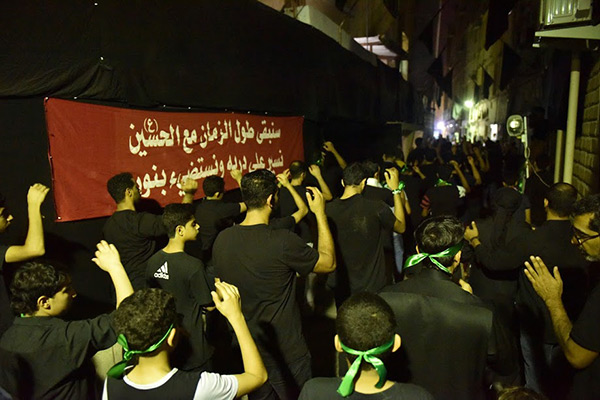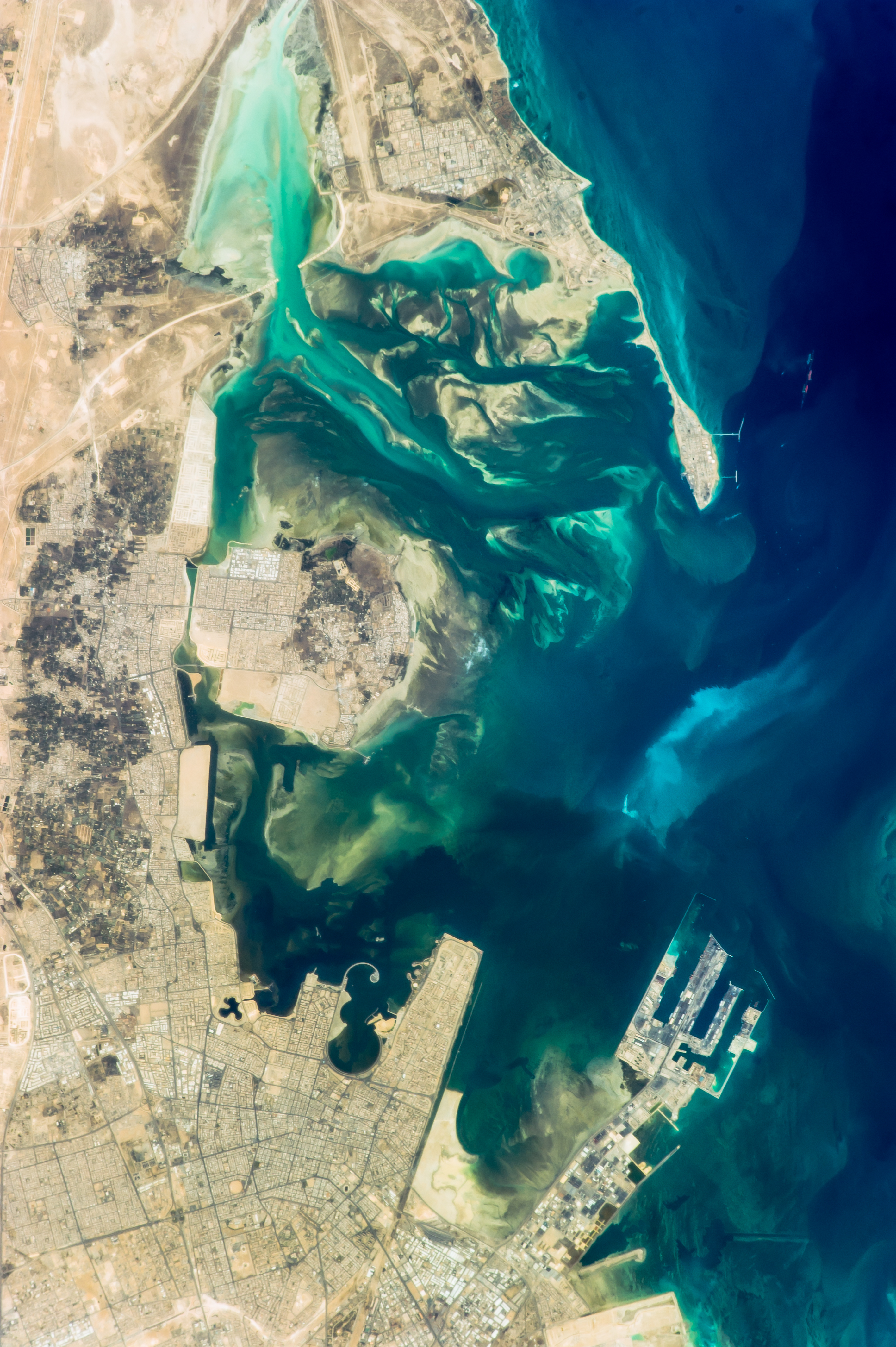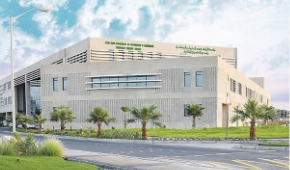|
Qatīf
Qatif Governorate ( ''Al-Qaṭīf'') is a governorate and urban area located in Eastern Province, Saudi Arabia. It extends from Ras Tanura and Jubail in the north to Dammam in the south, and from the Persian Gulf in the east to King Fahd International Airport in the west, The governorate includes three major cities— Qatif City, Safwa City, and Saihat City—along with numerous towns, villages, and the island of Tarout. Each city and town has its own sub-municipality operating under the main municipality Qatif is one of the oldest settlements in Eastern Arabia; its history goes back to 3500 BC, more than 5,000 years ago, and was part of the Bahrain Region which was called Dilmun at that time and the Sumerians knew it as the land of paradise, immortality, and life. Before the discovery of oil, Qatifi people used to work as merchants, farmers, and fishermen. However, with the development of the oil fields in the late 1940s, Qatif lost its status as an important port to Da ... [...More Info...] [...Related Items...] OR: [Wikipedia] [Google] [Baidu] |
Tarout Island
Tarout Island (Arabic: جزيرة تاروت), also spelled Tārūt, is an island in the Persian Gulf in the Qatif Governorate, located in the Eastern Province of Saudi Arabia. Situated about six kilometers off Qatif mainland coast, the island is connected to Qatif City by three causeways. It stretches from Ras Tanura in the north to Qatif in the west and is the second-largest island in the Persian Gulf after Qeshm Island, covering an area of approximately 70 square kilometers. Tarout Island is home to several towns and villages, including Tārūt, Deyrah, and Darīn. History Tarout's history dates back to pre-5000 BC. It is considered one of the most ancient sites that were inhabited by humans. Tarout was the heart of the Dilmun Kingdom and had a major role in the history of the region since 3000 BC. Human habitation in this area over the centuries was very large and archaeological discoveries were found until recently, which is rare in most parts of the world's archaeolog ... [...More Info...] [...Related Items...] OR: [Wikipedia] [Google] [Baidu] |
Arabic
Arabic (, , or , ) is a Central Semitic languages, Central Semitic language of the Afroasiatic languages, Afroasiatic language family spoken primarily in the Arab world. The International Organization for Standardization (ISO) assigns language codes to 32 varieties of Arabic, including its standard form of Literary Arabic, known as Modern Standard Arabic, which is derived from Classical Arabic. This distinction exists primarily among Western linguists; Arabic speakers themselves generally do not distinguish between Modern Standard Arabic and Classical Arabic, but rather refer to both as ( "the eloquent Arabic") or simply ' (). Arabic is the List of languages by the number of countries in which they are recognized as an official language, third most widespread official language after English and French, one of six official languages of the United Nations, and the Sacred language, liturgical language of Islam. Arabic is widely taught in schools and universities around the wo ... [...More Info...] [...Related Items...] OR: [Wikipedia] [Google] [Baidu] |
Dammam
Dammam (Arabic: الدمام ad-Dammām) is a city and governorate, and the capital of the Eastern Province of Saudi Arabia. Located on the coast of the Persian Gulf, it had a population of 1,386,166 as of 2022, making it the country's fifth-largest city after Riyadh, Jeddah, Mecca, and Medina. Dammam forms the core of the Dammam metropolitan area, also known as Greater Dammam, which includes the neighboring governorates of Dhahran, Khobar, Qatif. , the metropolitan area's population was 2,743,318, making it the third-largest in the country. Overview The area that eventually became Dammam was settled by the Dawasir tribe around 1923, with permission of King Ibn Saud. The area was originally a fishing hamlet. It developed after the discovery of oil in the region, becoming a port city and an administrative center. Following the unification of Saudi Arabia, Dammam was made the capital of the newly formed Eastern Province. Dammam is known for being a major administrative cen ... [...More Info...] [...Related Items...] OR: [Wikipedia] [Google] [Baidu] |
Riyadh
Riyadh is the capital and largest city of Saudi Arabia. It is also the capital of the Riyadh Province and the centre of the Riyadh Governorate. Located on the eastern bank of Wadi Hanifa, the current form of the metropolis largely emerged in the 1950s as an offshoot of the 18th century Walled town of Riyadh, walled town following the dismantling of its Riyadh city fortifications, defensive fortifications. It is the List of Arabian cities by population, largest city on the Arabian Peninsula, and is situated in the center of the An Nafud, an-Nafud desert, on the eastern part of the Najd plateau. The city sits at an average of above sea level, and receives around 5 million Tourism in Saudi Arabia, tourists each year, making it the List of cities by international visitors, forty-ninth most visited city in the world and the 6th in the Middle East. Riyadh had a population of 7.0 million people in 2022, making it the List of cities in Saudi Arabia, most-populous city in Saudi Arabia, ... [...More Info...] [...Related Items...] OR: [Wikipedia] [Google] [Baidu] |
Siege Of Bahrain
The siege of Bahrain of 1559 occurred when forces of the Ottoman Empire, commanded by the governor of the Lahsa eyalet Mustafa Pasha, attempted to seize Bahrain, and thus wrest control of the island and its famed pearl trade from the Portuguese Empire. The siege was unsuccessful, and the Portuguese defeated the Turks when reinforcements were dispatched by sea from the fortress of Hormuz. Background Bahrain was then a dominion of the King of Hormuz, himself a puppet of Portugal ever since the Portuguese took over Hormuz in 1515. In 1538, the Ottoman Empire captured the port city of Basra, gaining access to the Persian Gulf, and thus coming into contact with the Portuguese. In 1552 the Lahsa Eyalet was established. Its governor, Mustafa Pasha intended to capture Bahrain and its famed pearl fishing that was developed there. To this effect, he mustered two galleys and 70 transport boats to ferry some 800Svat Soucek (2008): ''The Portuguese and Turks in the Persian Gulf'' iRevis ... [...More Info...] [...Related Items...] OR: [Wikipedia] [Google] [Baidu] |
Arecaceae
The Arecaceae () is a family (biology), family of perennial plant, perennial, flowering plants in the Monocotyledon, monocot order Arecales. Their growth form can be climbing palm, climbers, shrubs, tree-like and stemless plants, all commonly known as palms. Those having a tree-like form are colloquially called palm trees. Currently, 181 Genus, genera with around 2,600 species are known, most of which are restricted to tropics, tropical and subtropics, subtropical climates. Most palms are distinguished by their large, compound, evergreen leaves, known as fronds, arranged at the top of an unbranched stem, except for the Hyphaene genus, who has branched palms. However, palms exhibit an enormous diversity in physical characteristics and inhabit nearly every type of Habitat (ecology), habitat within their range, from rainforests to deserts. Palms are among the best known and most extensively Horticulture, cultivated plant families. They have been important to humans throughout much ... [...More Info...] [...Related Items...] OR: [Wikipedia] [Google] [Baidu] |
Desert
A desert is a landscape where little precipitation occurs and, consequently, living conditions create unique biomes and ecosystems. The lack of vegetation exposes the unprotected surface of the ground to denudation. About one-third of the land surface of the Earth is arid or Semi-arid climate, semi-arid. This includes much of the Polar regions of Earth, polar regions, where little precipitation occurs, and which are sometimes called polar deserts or "cold deserts". Deserts can be classified by the amount of precipitation that falls, by the temperature that prevails, by the causes of desertification or by their geographical location. Deserts are formed by weathering processes as large variations in temperature between day and night strain the Rock (geology), rocks, which consequently break in pieces. Although rain seldom occurs in deserts, there are occasional downpours that can result in flash floods. Rain falling on hot rocks can cause them to shatter, and the resulting frag ... [...More Info...] [...Related Items...] OR: [Wikipedia] [Google] [Baidu] |
Ibn Battuta
Ibn Battuta (; 24 February 13041368/1369), was a Maghrebi traveller, explorer and scholar. Over a period of 30 years from 1325 to 1354, he visited much of Africa, the Middle East, Asia and the Iberian Peninsula. Near the end of his life, Ibn Battuta dictated an account of his journeys, titled '' A Gift to Those Who Contemplate the Wonders of Cities and the Marvels of Travelling'', commonly known as ''The Rihla''. Ibn Battuta travelled more than any other explorer in pre-modern history, totalling around , surpassing Zheng He with about and Marco Polo with . Name "Ibn Battuta" is a patronymic, literally meaning 'son of a duckling'. His most common full name is given as Abu Abdullah Muhammad ibn Battuta. In his travelogue, '' The Rihla'', he gives his full name as " Shams al-Din Abu ’Abdallah Muhammad ibn ’Abdallah ibn Muhammad ibn Ibrahim ibn Muhammad ibn Yusuf Lawati al- Tanji ibn Battuta". Early life All that is known about Ibn Battuta's life comes from the au ... [...More Info...] [...Related Items...] OR: [Wikipedia] [Google] [Baidu] |
Abulfeda
Ismāʿīl bin ʿAlī bin Maḥmūd bin Muḥammad bin ʿUmar bin Shāhanshāh bin Ayyūb bin Shādī bin Marwān (), better known as Abū al-Fidāʾ or Abulfeda (; November 127327 October 1331), was a Mamluk-era Kurdish geographer, historian, Ayyubid prince and local governor of Hama. Life Abu'l-Fida was born in Damascus, where his father Malik ul-Afdal, brother of Emir Al-Mansur Muhammad II of Hama, had fled from the Mongols. Abu'l-Fida was an Ayyubid prince of Kurdish origin. In his boyhood he devoted himself to the study of the Qur'an and the sciences, but from his twelfth year onward, he was almost constantly engaged in military expeditions, chiefly against the Crusaders. In 1285 he was present at the attack on a stronghold of the Knights of St. John, and took part in the sieges of Tripoli, Acre and Qal'at ar-Rum. In 1298 he entered the service of the Mamluk sultan Malik al-Nasir and after twelve years was invested by him with the governorship of Hama. In 131 ... [...More Info...] [...Related Items...] OR: [Wikipedia] [Google] [Baidu] |
The Register
''The Register'' (often also called El Reg) is a British Technology journalism, technology news website co-founded in 1994 by Mike Magee (journalist), Mike Magee and John Lettice. The online newspaper's Nameplate_(publishing), masthead Logo, sublogo is "''Biting the hand that feeds IT''." The publication's primary focus is information technology news and opinions. Situation Publishing Ltd is the site's publisher. Drew Cullen is an owner and Linus Birtles is the managing director. Andrew Orlowski was the executive editor before leaving the website in May 2019. History ''The Register'' was founded in London as an email newsletter called ''Chip Connection''. In 1998 ''The Register'' became a daily online news source. Magee left in 2001 to start competing publications ''The Inquirer'', and later the ''IT Examiner'' and ''TechEye''. In 2002, ''The Register'' expanded to have a presence in London and San Francisco, creating ''The Register USA'' at theregus.com through a joint ventu ... [...More Info...] [...Related Items...] OR: [Wikipedia] [Google] [Baidu] |
Anno Domini
The terms (AD) and before Christ (BC) are used when designating years in the Gregorian calendar, Gregorian and Julian calendar, Julian calendars. The term is Medieval Latin and means "in the year of the Lord" but is often presented using "our Lord" instead of "the Lord", taken from the full original phrase "", which translates to "in the year of our Lord Jesus Christ". The form "BC" is specific to English language, English, and equivalent abbreviations are used in other languages: the Latin (language), Latin form, rarely used in English, is (ACN) or (AC). This calendar era takes as its epoch (date reference), epoch the traditionally reckoned year of the annunciation, conception or Nativity of Jesus, birth of Jesus. Years ''AD'' are counted forward since that epoch and years ''BC'' are counted backward from the epoch. There is no year zero in this scheme; thus the year AD 1 immediately follows the year 1 BC. This dating system was devised in 525 by Dionysius Exiguus but was ... [...More Info...] [...Related Items...] OR: [Wikipedia] [Google] [Baidu] |
Saihat
Saihat (Arabic: سيهات) is a city in the Qatif Governorate, located in the Eastern Province of Saudi Arabia. History The oldest documents concerning Saihat, which are more than 400 years old, say that Saihat was under the division of Dhahran. During the Ottoman Empire, the cities under Dhahran included Saihat, Bankat, Asseeh, and Aljabba. People in that region built the city of Sawhat on the remains of the old city Avan. This name was mentioned in Al-Musadi's book (التبية والإشراف). The city was renamed Saihat in more modern times. In English the name of Saihat has various spellings. In the past, it was written as 'Seahat,' but recently the spelling has been changed by some to 'Sayhat.' Nature Saihat is located directly on the Gulf. Fishing and agriculture are two important industries. Fertile soil and fresh springs provide a home for palm groves. The oil companies are close to Saihat, many people work there or in activities related to the oil industry. G ... [...More Info...] [...Related Items...] OR: [Wikipedia] [Google] [Baidu] |






